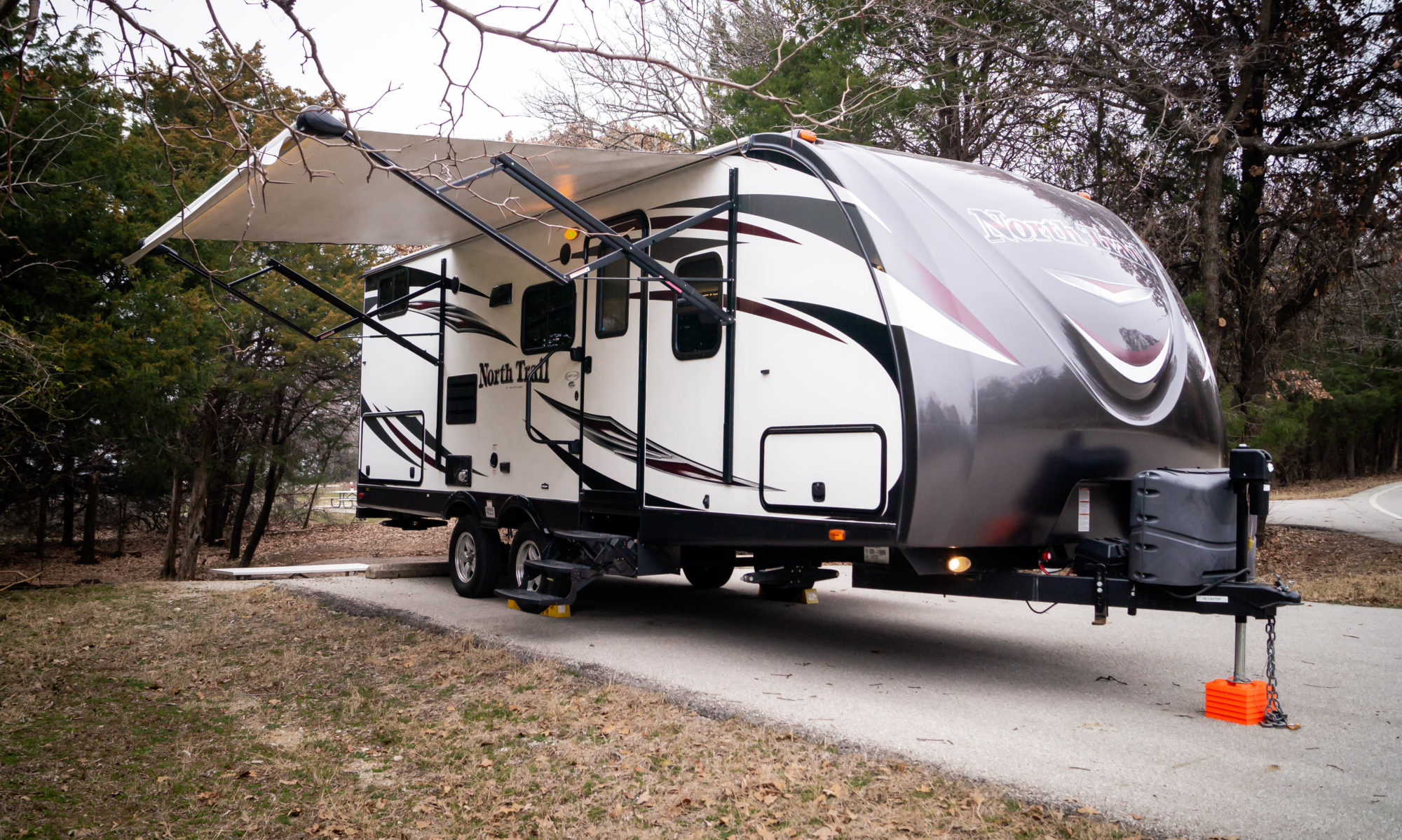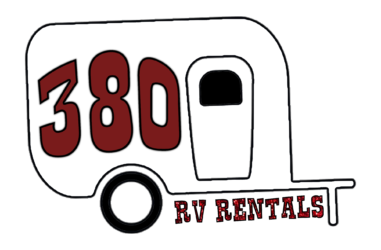Full-time RV families normally use one of three major RV groups for the home of wheels. This is not to say that there aren’t plenty of other options and that a subcompact and a tent wouldn’t work either; these are just the most common routes people go.
Class A / Class C
These are the traditional “RVs” of which most people envision – the big bus or van/truck frames, rolling down the road with everyone strapped into the back. These come with options for bunks, washer and dryers inside, pull down beds over the cab in addition to the kitchen. The major difference between a Class A and a Class C (or C “plus”) is that a Class A in essence has the engine dropped into a frame that is customized for the entire camper. Often you walk right to the front seat and can sit without “climbing down” into the seats.
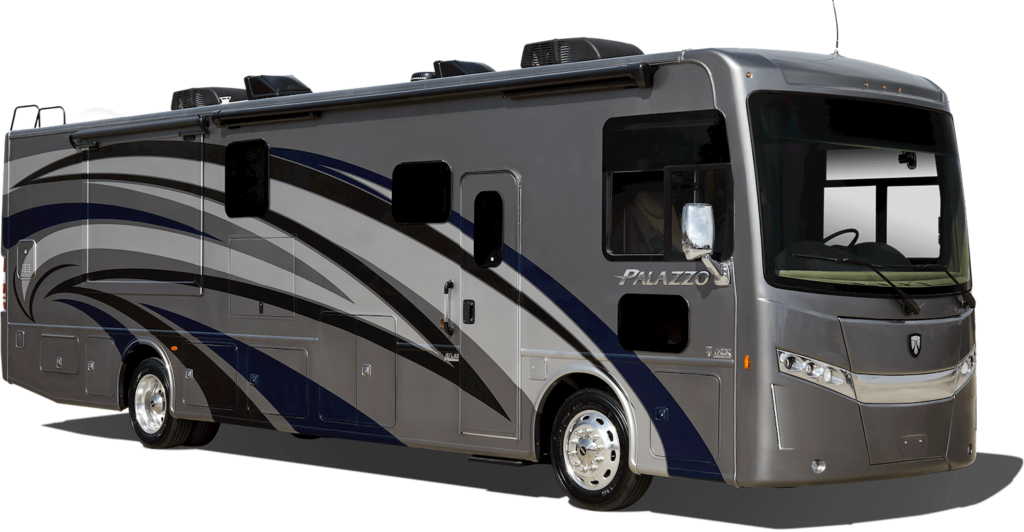 Class A outside (example)
Class A outside (example)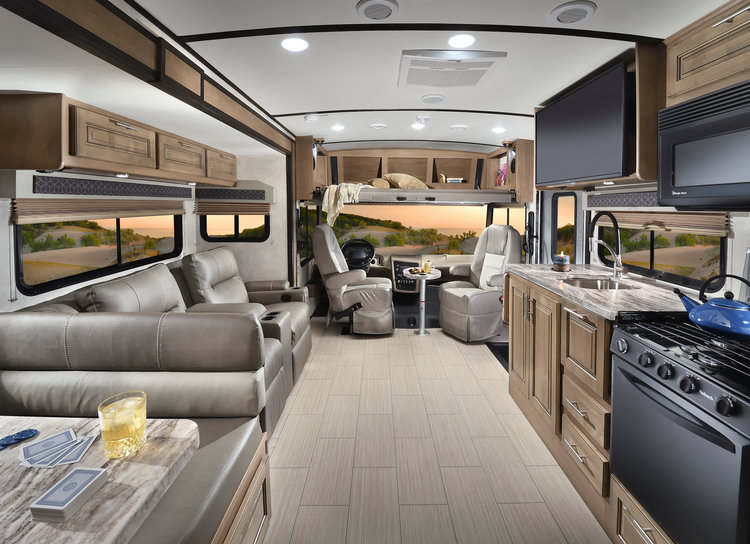 Class A inside (example)
Class A inside (example)
Class C on the other hand are Van or Truck frames (extended of course) with the camping section built on behind the cab. The front looks like a truck with a living area behind. These feel as those you are sitting in a truck and often require a bit of “climbing” to get to the living area from the driver and passenger positions.
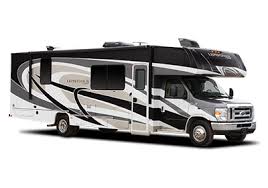 Class C outside (example)
Class C outside (example)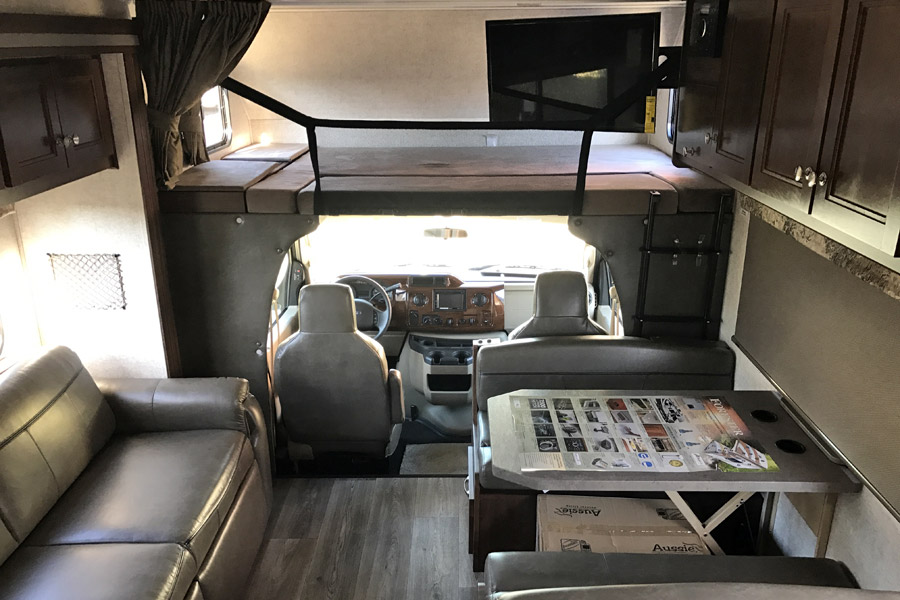 Class C inside (example)
Class C inside (example)
Fifth Wheels
the term “fifth wheel” stems from the 1800s and horse carriages. With patents awarded to Charles and Edward Everett as early as 1850. In 1915 Charles H. Martin patented the rocking fifth wheel hitch which is often credited as the earliest origins for fifth wheel hitches for motorized trucks.
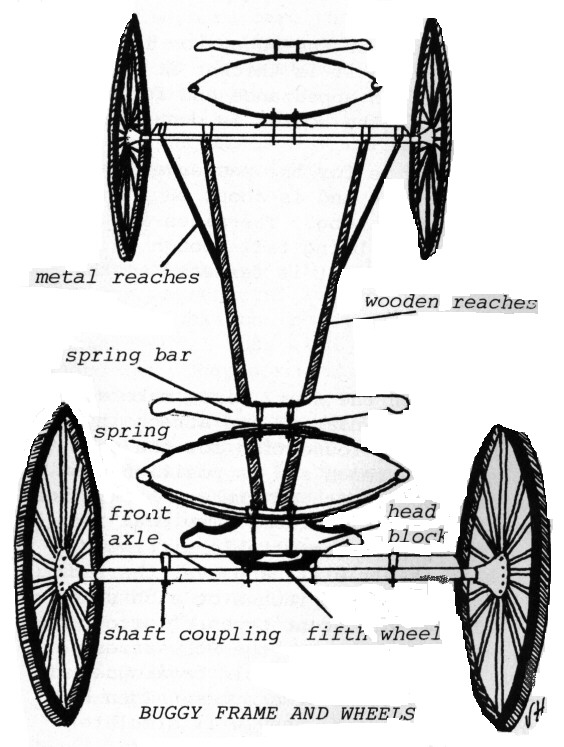
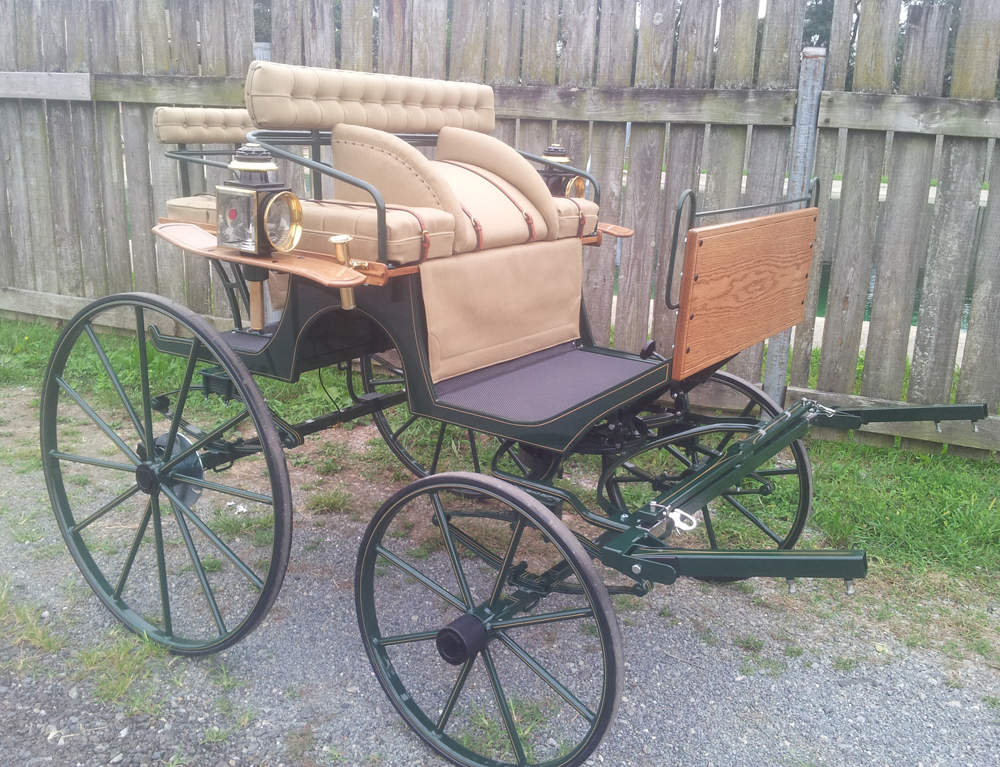 The fifth wheel is in the middle of front axle
The fifth wheel is in the middle of front axle
With the advent of the fifth wheel for carriages, the front axle was allowed to turn in order to steer the carriage but was restricted from allowing a turn too tight so as to strike the front wheels to the body of the carriage.
As time marched on, the idea was adapted and applied to motorized vehicles but the name was left the same. Today, fifth wheel hitches installed in trucks look very similar to those on semi tractor trailers. The front attachment (called the “pin) is coupled to the hitch installed in the truck bed. This type of set up allows for a very stable and sturdy platform on which to tow which is key when hauling heavy loads over different topography at highway speeds.
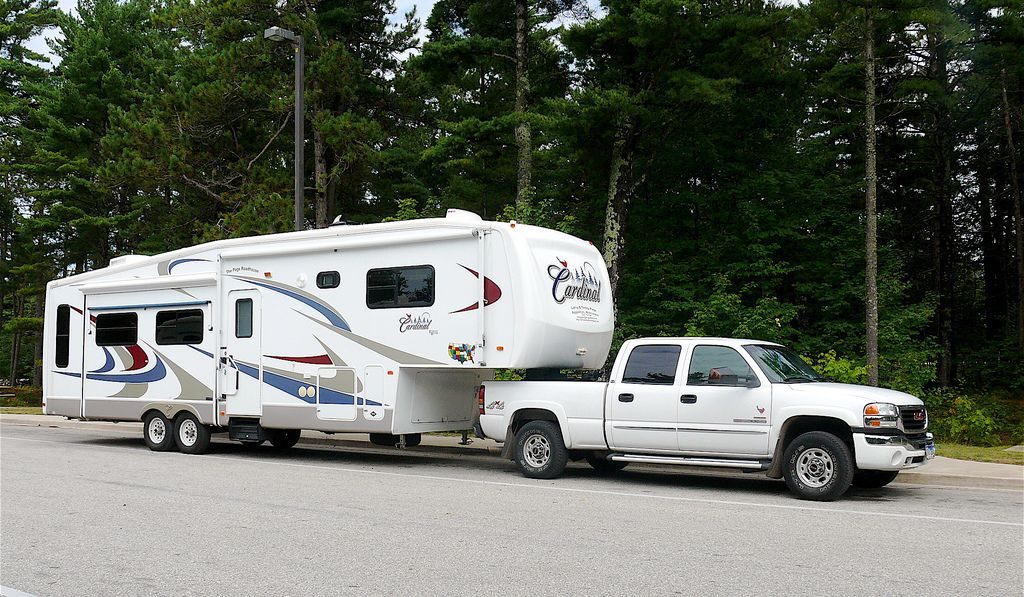
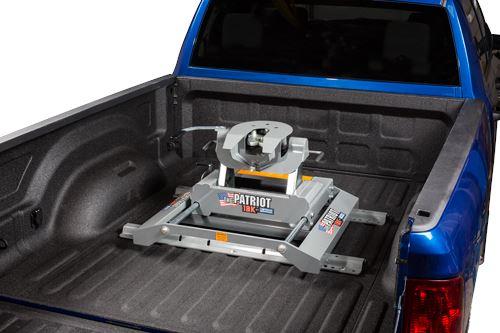 The hitch is bolted to the truck frame
The hitch is bolted to the truck frame
Fifth Wheels vs. Fifth Wheel Toy Haulers
Fifth Wheels
There are two types of fifth wheels, one is just a fifth wheel. These are trailers, in varying lengths, that uses all the inside of the trailer as living space. The trailers come in an almost endless number of layouts and configurations. Bunk rooms, living rooms, kitchens, multiple bathrooms, large closets, etc.
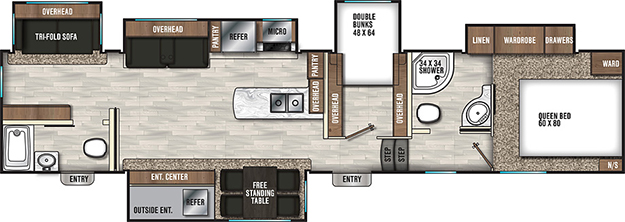
Fifth Wheel Toy Haulers
These have living space only in a majority of the trailers however, the back is always a dual purpose space – a garage and a bedroom! Toy haulers being made today have almost all of the same features and comforts as any other class of trailer. In most models today, the garage has a stowing queen bed, they include a built in generator for “off the grid” camping, and built in fuel tanks to store gasoline for your “toys” while camping.
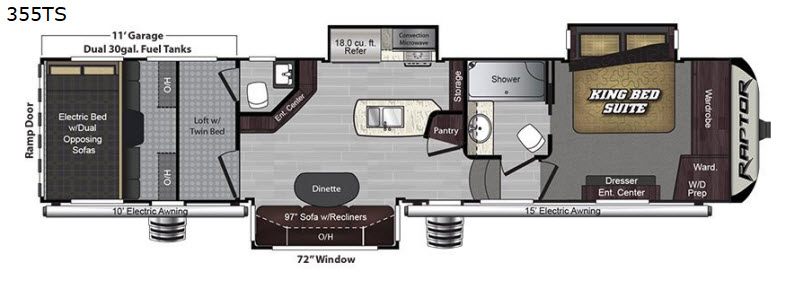
One neat upside of the newer toy haulers is the “ramp” that is used to load toys into the garage can be dual purposed into a patio; a few models even offer a second patio accessed off the main living area!
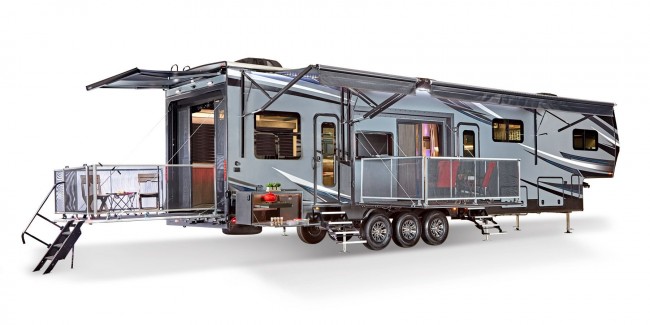
The Conclusion
Which type of vehicle you purchase is entirely up to you and your family. Factors such as number of beds, size, price, features are different among all the types and the priority of these items is one hundred percent individualized!
